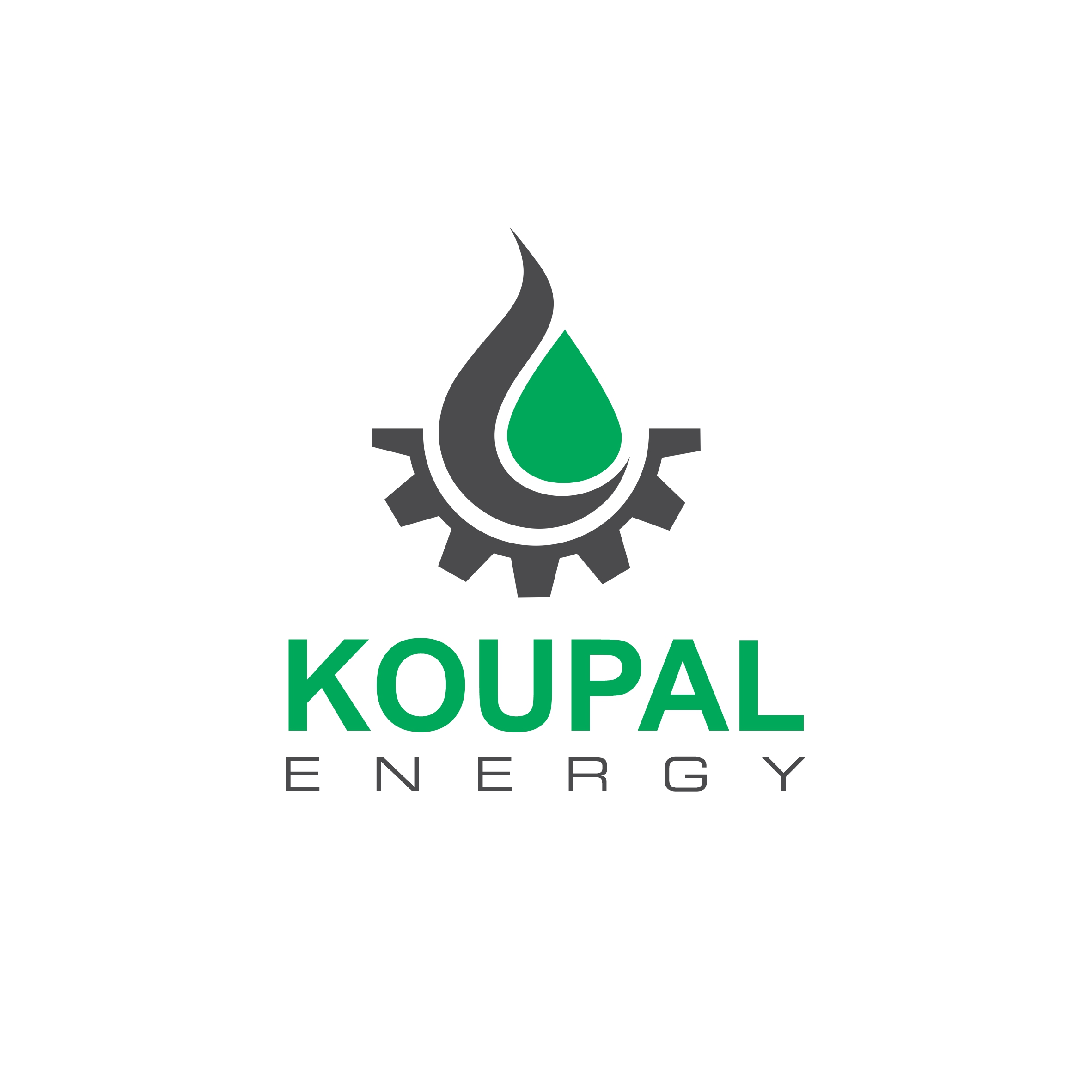Speaker
Description
Many carbonate reservoirs of Iran's Bangestan Group have a tight and fractured matrix. Some of these reservoirs, despite having the conditions for the formation of a gas cap, do not benefit from the gravity drainage mechanism well due to the shortness of the matrices and high capillary pressure. Some of these reservoirs are very undersaturated, and their capillary pressure is usually higher than the oil saturation pressure.
In such reservoirs, the main production mechanism is rock and fluid expansion, which leads to small oil recovery. Despite the high production potential, these reservoirs have more optimal production requirements due to the low recovery factor.
Non-equilibrium gas injection by activating a molecular diffusion mechanism can be an efficient solution to this problem. This study uses the pore-network approach with the aim of accurately modeling this process. In this method, the molecular diffusion process is simulated in a matrix block surrounded by fractures. The developed model also considers the micro-mechanisms of the porous medium drying process.
The main advantage of this model is to pay attention to the microscopic distribution of liquid and gas phases and the arrangement of pores and throats. These features lead to a deeper understanding of the molecular diffusion process and provide a more accurate model for predicting additional production from fractured reservoirs.
This model can be used in choosing the appropriate injection gas, estimating additional production potential, optimizing gas injection flow rate and other parameters related to the molecular diffusion process in fractured reservoirs.
| Student presentation contest | Opt in |
|---|---|
| Student Poster Contest | Opt In |
| Journal Submission | Consider for Journal Submission |




